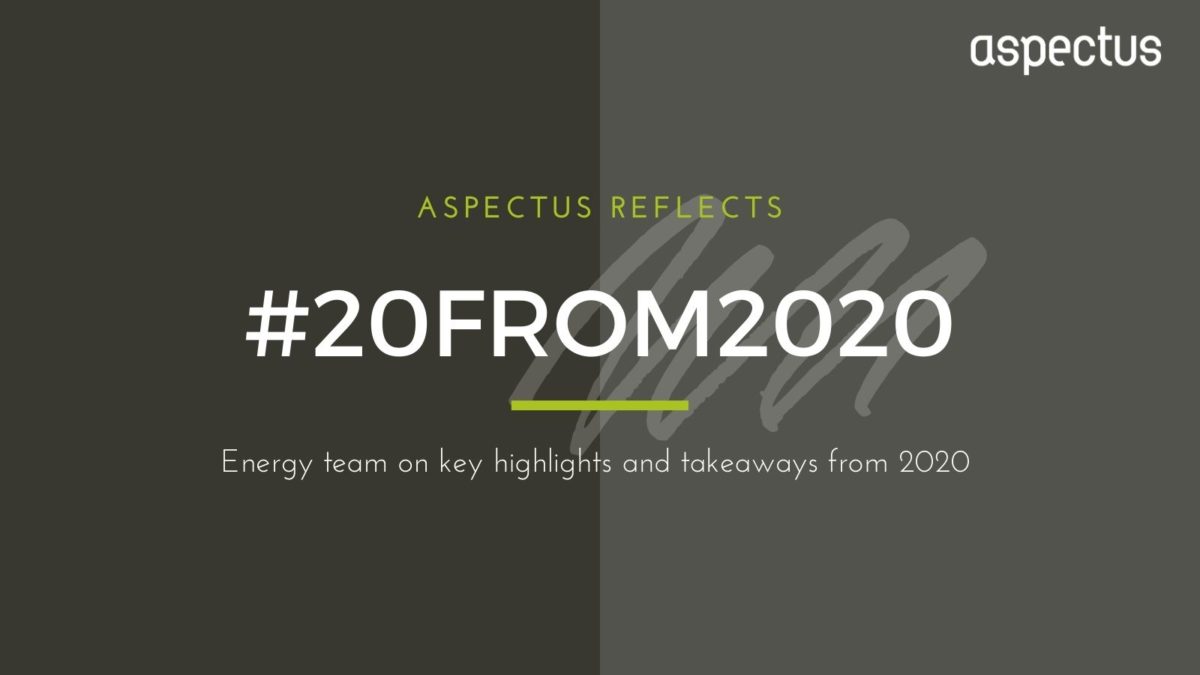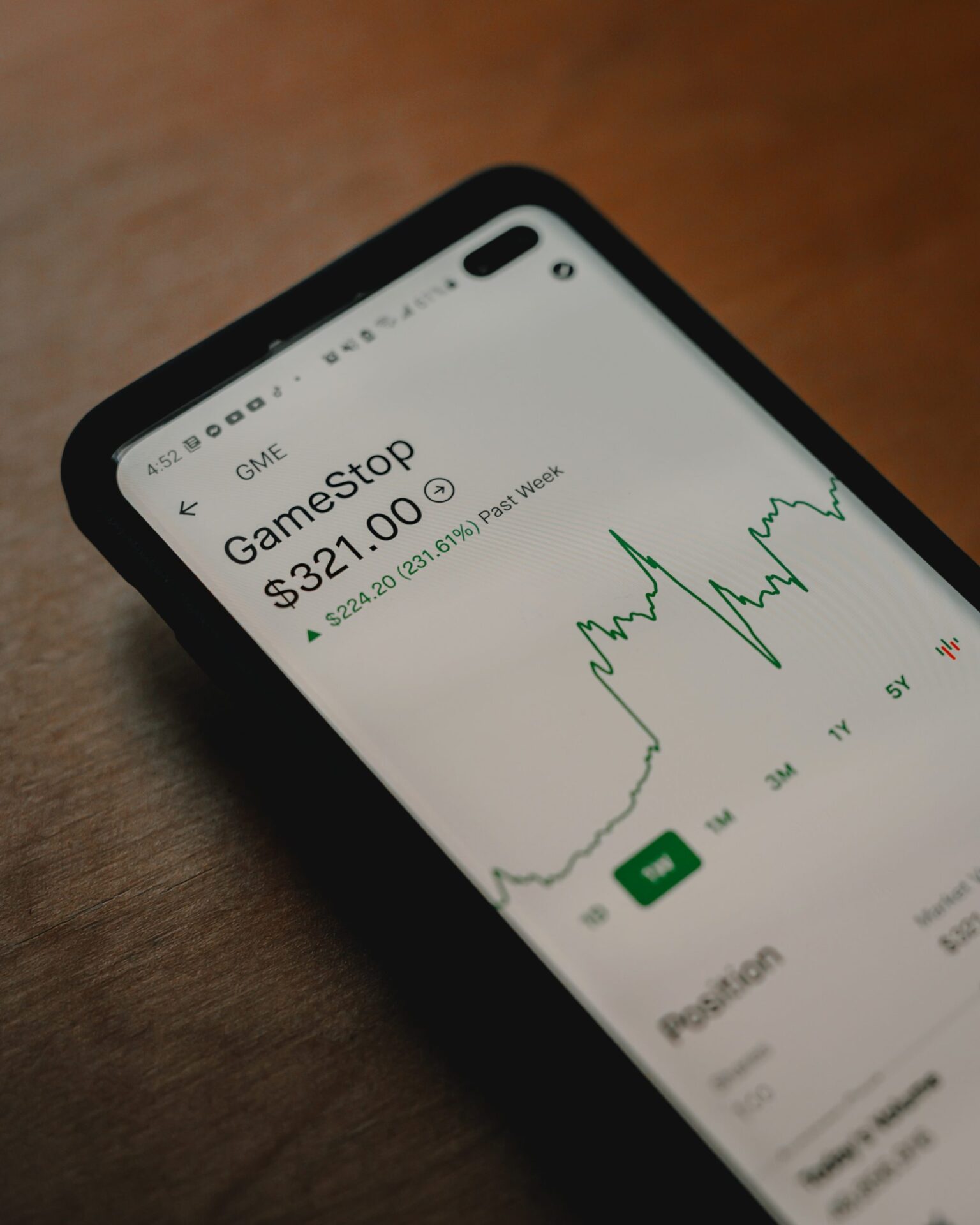How PR can help VC’s raise funding

By Sophie Reed, technology PR Junior Account Executive
The European technology venture capital (VC) ecosystem is an exhilarating space to be a part of, and while growth opportunities once seemed endless, even this sector hasn’t been immune to effects of the pandemic. As highlighted in a recent report by Mountside Ventures and Allocate, emerging fund managers have been particularly disadvantaged by COVID-19, with findings showing some investors, such as family offices, slowing investment.
The report also states only 20% of Limited Partners (LP) have invested in funds they have known for less than a year, opting to concentrate on pre-existing VC relationships. This means players in the VC industry must be increasingly creative with their story-telling and relationship management to stay afloat and raise funding. Or in other words: (re)discover the benefits of PR and marketing.
PR can be the key to unlocking how to get funding for a business, but while it’s a well-known term, PR is not often fully understood and well utilised. Let’s look at the importance of PR and marketing for VC firms looking to secure funding from LPs. Done well, PR can help VCs gain a competitive edge through augmenting brand awareness and strengthening relationships to build a reputation within the VC/LP sphere, particularly amid the pandemic.
Setting the scene
VC brands are intertwined with their startup portfolio’s success. For LPs, this is a promising indicator of future triumphs and sizable returns, increasing LP appetite to commit to VC funds. Though advantageous for VCs with a great history and strong reputation to rely upon during the COVID era, for relatively new funds without a renowned track record, effective PR and marketing can bulldoze your roadblocks, and help secure funding. Even if a VC fund has been successful in telling its story and bigging up its portfolio in the past, in the COVID-themed present, support with relationship building and an overarching (digital) communications strategy could be the answer to rebuilding growth.
And it’s the importance of relationship-building underscored in Mountside Ventures’ latest report, where findings showed the time it takes to build relationships with LPs before investment. In fact, 50% of LPs reported it can take up to 1-2 years, highlighting their frustrations surrounding the lack of transparency from VCs, weary of hearing the “big and unnecessary words” used as an attempt to impress. Particularly for emerging fund managers, it’s the small steps that add up to the bigger picture. To entice LPs VCs must get their company name out there in the right way.
The power of PR
Through partnering with trusted tech PR agencies, VCs can relay their focus on core business operations and COVID-19 recovery whilst PR partners protect and manage your reputation. In practice, agencies offer a range of services that support the umbrella story VCs are trying to convey. PR experts ensure companies harness their USPs in order to differentiate from competitors, promoting a firm’s positive messages through utilising trusted media connections, directly targeting your LP audience.
An integrated approach
The strength of communications strategies only come to life when truly integrated, matching PR with other communications approaches such as events, direct marketing, mainstream media and social media; it’s about pinpointing the prime channels for each individual business. PR agencies can create considered content with posts that engross chosen audiences, turn heads, and get distributed further afield, accompanied by insider knowledge on SEO to help increase website traction. In turn, PR professionals will know which journalists to speak to when telling a story, building credibility and reputation.
To put it simply, PR encompasses people, relationships and storytelling. The pandemic and remote working have certainly been a barrier for forming trusting, sincere relationships. However, enhancing your communication strategies will feed into strengthening a VCs brand, enabling them to leverage further connections, network, and help funds become increasingly well established.
Sophie is a Junior Account Executive for the tech team, with an Anthropology degree from Durham University. Prior to joining Aspectus Group Sophie was working at a fundraising startup.
















